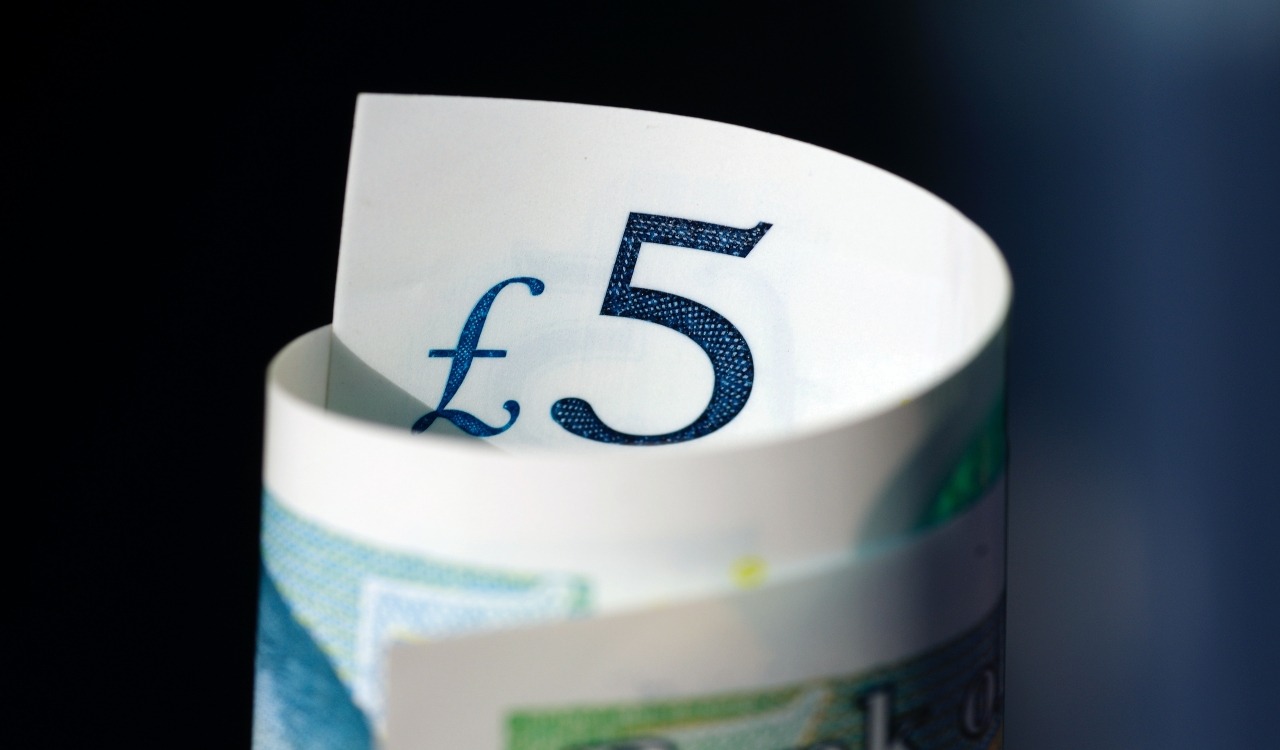Thankfully, some of that paperwork can be done online

How to pay taxes online in the UK. Source: unsplash.com
At this time, the amount of money the UK government collects through taxes is at a historical high since the 1940s. Middle-class employees pay around 28% of their salary in income tax and National Insurance contributions (NICs), while top-rated professionals end up paying around 51% of their income to the government. These contributions make up almost half of the total national tax revenue. Besides, there are other types of taxes that need to be filed and paid by British citizens.
Ways to pay the income tax
Most of the time, the share owed on somebody’s income never even reaches their bank account, the same as pension contributions or student loan repayments. The majority of citizens pay Income Tax through PAYE.
PAYE stands for ‘Pay As You Earn’. This is the system your employer or pension provider uses to deduct Income Tax and National Insurance contributions before they pay your wages or pension. PAYE ensures that the annual amounts you have to pay are collected evenly on each payday over the course of the tax year. The deducted sum is based on your personal tax code.
The Tax Code tells your employer or pension provider how much tax-free income you get in that tax year. The standard tax-free Personal Allowance is £12,500. It may be bigger if you claim Marriage Allowance or Blind Person’s Allowance. However, it gets smaller if your income is over £100,000.
Nevertheless, some categories of citizens pay their income tax in another way. They have to file Self Assessment tax returns each year. Those obliged to do that include the self-employed, partners in a business partnership, and all those who have any untaxed income, such as:
- money from renting out a property;
- tips and commission;
- income from savings, investments, and dividends;
- foreign income.
In addition, people may choose to fill in a tax return to:
- claim some Income Tax reliefs
- prove you’re self-employed, for example, to claim Tax-Free Childcare or Maternity Allowance
If you get Child Benefit and your income (or your partner’s income) was over £50,000, you may need to send a return and pay the High-Income Child Benefit Charge.
Registering online
Those self-employed have to register for Self Assessment and Class 2 National Insurance.
HM Revenue and Customs (HMRC) will:
- send you a letter with your 10-digit Unique Taxpayer Reference (UTR)
- et up your account for the Self Assessment online service
If you already have a UTR, create an account for the online service instead.
Within the next 10 working days (21 days if you’re abroad), you’ll get a letter through the post with an activation code for your online account. This code is required only the first time you sign in. However, you should take the time needed for the code to arrive into account. Start your registration process early so that you don’t miss the tax deadline.
If you can’t register online for some reason, you can fill out the online form, print it off, and post it to HMRC.
If you’re not self-employed, you should register using another form called SA1. This form applies to those who:
- have become a company director;
- receive income from land and property in the UK;
- have a taxable foreign income of more than £300 a year;
- receive yearly income from a trust or settlement;
- sell shares, property, or other assets liable to Capital Gains;
- have a yearly income of over £100,000;
- get untaxed income that can’t be collected through the PAYE tax code;
- have income over £50,000 and carry on receiving Child Benefit payments;
- have Capital Gains Tax to pay.
Those registered get a letter containing your Unique Taxpayer Reference (UTR) within 10 working days (21 if you’re abroad). Those who already have one can use the existing UTR. Then you need to create a new online account.
Use your UTR to sign up for the Self Assessment service. You’ll get an activation code in the post within 7 working days of signing up (21 if you’re abroad). When you get the code, you can sign in to send your return. The code will be needed for the account confirmation.
If you are a partner in a partnership, you must register for Self Assessment and Class 2 NICs (form SA401). There are different ways to register:
- for limited liability partnerships;
- if you’re a partner that’s not an individual, for example, a company or trust.
Filing a tax return
To use the online service, you need a Government Gateway user ID and password. If you do not have a user ID you can create one when you use the service. When you sign in for Self Assessment, you’ll be offered a few variants of identity verification such as Government Gateway or GOV.UK Verify.
You can use the online service to:
- fill in and send your tax return to HM Revenue and Customs (HMRC);
- go back to a tax return you’ve already started;
- check your details, view returns, and print your tax calculation.
Filling in the needed forms may be complicated. Here are some legal ways to get help with Self Assessment. Using this link, you may look through some introductory guidance materials or check out the list of the accredited accountants who’ll lift the tax burden from your shoulders.
You can’t use this online service and need to use commercial software or download other paper forms to send a Self Assessment tax return:
- for a partnership;
- for a trust or estate;
- if you lived abroad as a non-resident;
- to report multiple ‘chargeable gains’, for example from life insurance;
- if you receive income from a trust, you’re Lloyd’s underwriter or a religious minister.
You’ll need to keep your financial records to fill in your tax return correctly. When HMRC checks your tax return, they may also ask for the documents so store them for a while. You can keep them on paper, digitally, or as part of a book-keeping software program. Try to get copies of as many financial statements as you can, for instance, ask banks for copies of statements, suppliers for duplicate invoices, etc.
You can use ‘provisional’ or ‘estimated’ figures if you cannot recreate all your records. You should use the ‘Any other information’ box on the tax return to enter approximate figures. At the same time, you may have to pay interest and penalties if your figures turn out to be wrong and you have not paid enough tax. Thus, try to be as accurate as you can.
Please, note that you can’t save or send a partly filled tax return form. Therefore, you have to look through the required information before filing your annual Self Assessment.
Paying your Self Assessment tax bill
You’ll get a bill when you’ve filed your tax return. If you filed online you can view this:
- when you’ve finished filling in your return (but before you submit it) – in the section ‘View your calculation’
- in your final tax calculation – it can take up to 72 hours after you’ve submitted your return for this to be available in your account
HMRC will send your bill by post if you did a paper return.
The payment methods accepted are:
Same or next day
- online or telephone banking (Faster Payments)
- CHAPS
- by debit or corporate credit card online
- at your bank or building society
You need a paying-in slip from HMRC to pay at a bank or building society.
3 working days
- Bacs
- Direct Debit (if you’ve set one up with HMRC before)
- by cheque through the post
5 working days
- Direct Debit (if you have not set one up with HMRC before)
If you made payments on account last year, you’ll need to deduct them to work out what you owe.
You cannot pay by a personal credit card. There’s a non-refundable fee if you pay by a corporate credit card. Moreover, from 1 November 2020, there will also be a non-refundable fee if you pay by a corporate debit card.
You can also pay your tax in installments. Feel free to set up a payment plan to spread the cost of your latest Self Assessment bill if you:
- owe £30,000 or less
- do not have any other payment plans or debts with HMRC
You can also set up a budget payment plan if you want to put aside money to cover your next Self Assessment tax bill. You can choose how much to pay straight away and how much you want to pay each month. You’ll have to pay interest while paying off your debt too.
If you wish to choose this payment option, you can either set up a payment plan online or call the Payment Support Service.
Other taxes
Although the income tax is the major source of government revenue, it’s not the only payable amount. There are a number of other taxes that you can find out about at the official governmental portal. Businesses will also find the section “Business Tax” helpful.
Though the filing details and requirements differ, the payment methods are largely the same.
SEE ALSO:









